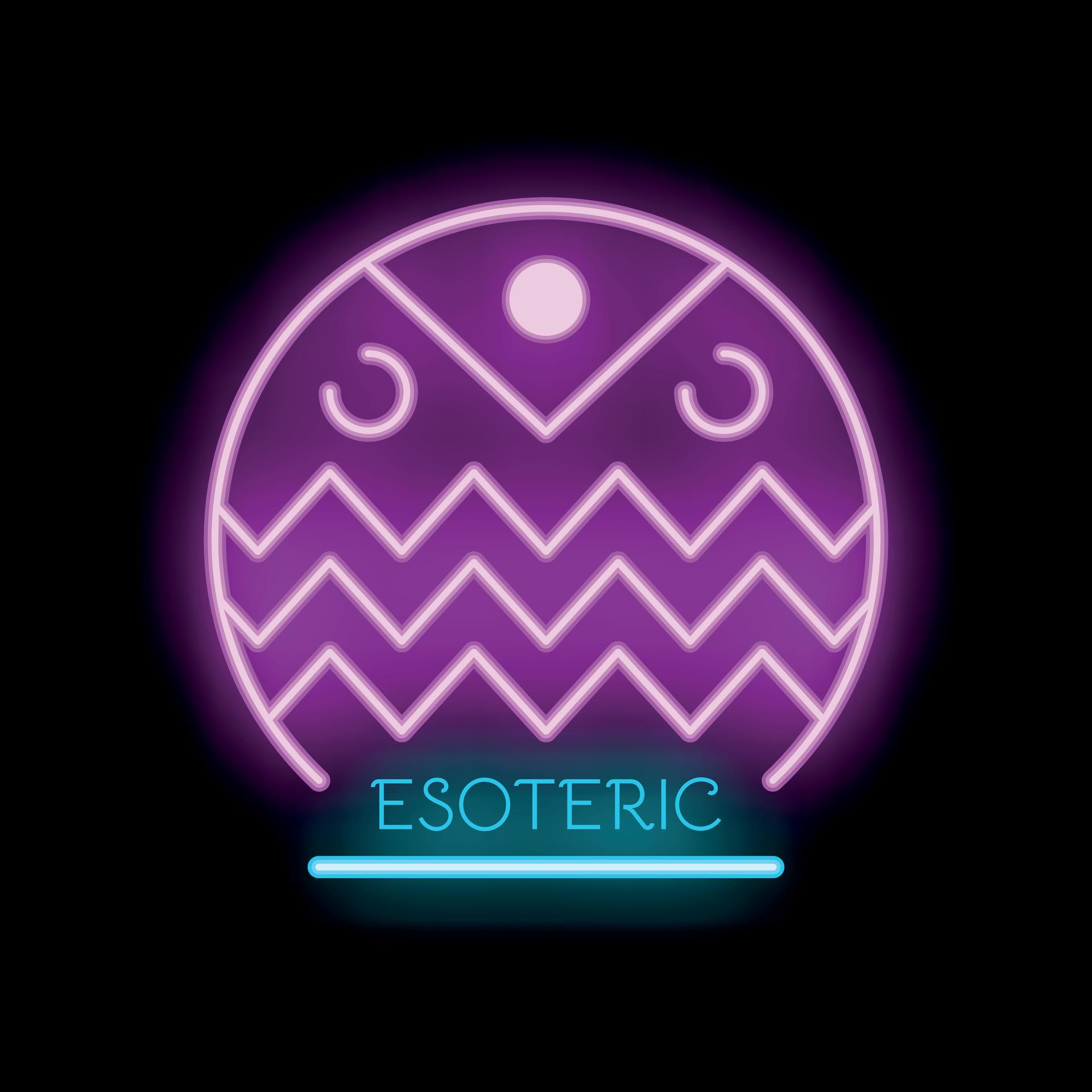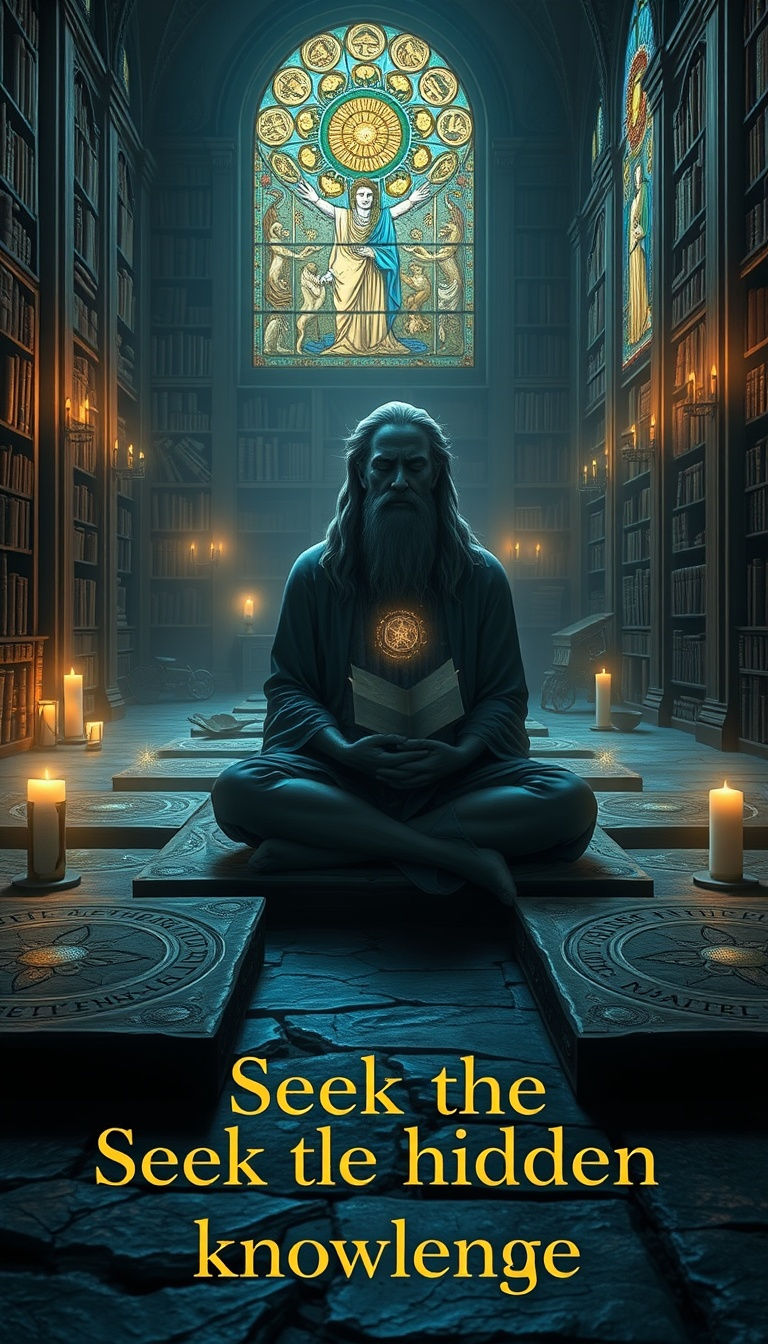Zorba the Buddha
**"Zorba the Buddha"** is a book by Greek author **Nikos Kazantzakis** that explores the idea of a harmonious interplay between two seemingly contradictory lifestyles: Zorba's extroverted, passionate lifestyle and the Buddha's inner, meditative quest for enlightenment. Kazantzakis combines these two worlds into a unique philosophy and a profound exploration of how to live a fulfilling and authentic life.
### Content and Concept
"Zorba the Buddha" is about uniting two very different philosophies and outlooks on life:
- **Zorba** represents the worldly, sensual side of life. He is passionate, impulsive, and lives life with complete devotion—full of joy, but also full of pain and challenges. Zorba, a central character in Kazantzakis's well-known novel "Zorba the Alexis," represents the free, unbridled expression of life and the pursuit of pleasure and freedom.
The Buddha, on the other hand, represents inner peace, meditation, and spiritual enlightenment. Buddha symbolizes the search for wisdom, control over one's own desires, and the overcoming of worldly lusts. He strives for a state of inner harmony and nirvana.
In "Zorba the Buddha," Kazantzakis explores the question of whether it is possible to unite these two worlds—that is, to live life in its full physical, sensual power while simultaneously carrying the deeper spiritual wisdom of the Buddha within oneself. It is not just about the physical enjoyment of life, but also about the search for a deeper spiritual dimension that can be reached through meditation, contemplation, and introspection.
### Topics
1. **Harmony of Body and Mind**: Kazantzakis advocates a life that encompasses both the physical, sensual aspect of life and the spiritual, meditative side. His philosophy is that one should not only enjoy the body or cultivate the mind, but rather harmonize both.
2. **Sensuality and Spirituality**: The book poses the question of how one can experience the deepest spiritual experiences not as a renunciation of life, but as its complete realization. The union of Zorba and Buddha symbolizes this possible synthesis between a hedonistic life and spiritual wisdom.
3. **Individual Freedom**: As in many of his works, Kazantzakis emphasizes the importance of personal freedom and self-determination. Zorba and Buddha represent two paths to freedom: one through ecstatic joy in life, the other through self-control and spiritual freedom. Kazantzakis challenges the reader to integrate both aspects.
4. **The Path to Enlightenment**: The Buddha's path is not presented as an escape from the world, but as a deep engagement with it that leads to a higher consciousness. Zorba shows that enlightenment is found not only in turning away from the world, but also in its full, unconditional participation.
### Conclusion
**"Zorba the Buddha"** is a philosophical work that promotes the idea of a complete, harmonious life—a life that values the physical body as much as the spiritual mind. Kazantzakis shows that true freedom and fulfillment can be found in the integration of both dimensions. This work is an invitation to the reader to face the challenges of life in all its forms and to find a balance between sensory experience and the spiritual quest.
In a way, **“Zorba the Buddha”** stands as a kind of manifesto for a life that can be both passionate and full of enjoyment and calm and full of inner wisdom - a combination that Kazantzakis sees as ideal for modern man.
raises the meaning of suffering. Zorba becomes a figure who represents both the Greek desire for freedom and the universal questions of humanity. The novel has inspired many readers worldwide and remains one of Nikos Kazantzakis's best-known and most influential works.
With its blend of philosophy, humor, and dramatic life moments, **"Zorba the Great"** is a classic of world literature, depicting the conflict between intellect and emotion, between thought and life, and teaching that life can only be understood in its full depth through experience and passion.
Links:
Free Reading: Tarot, Astrology and Numerology!



